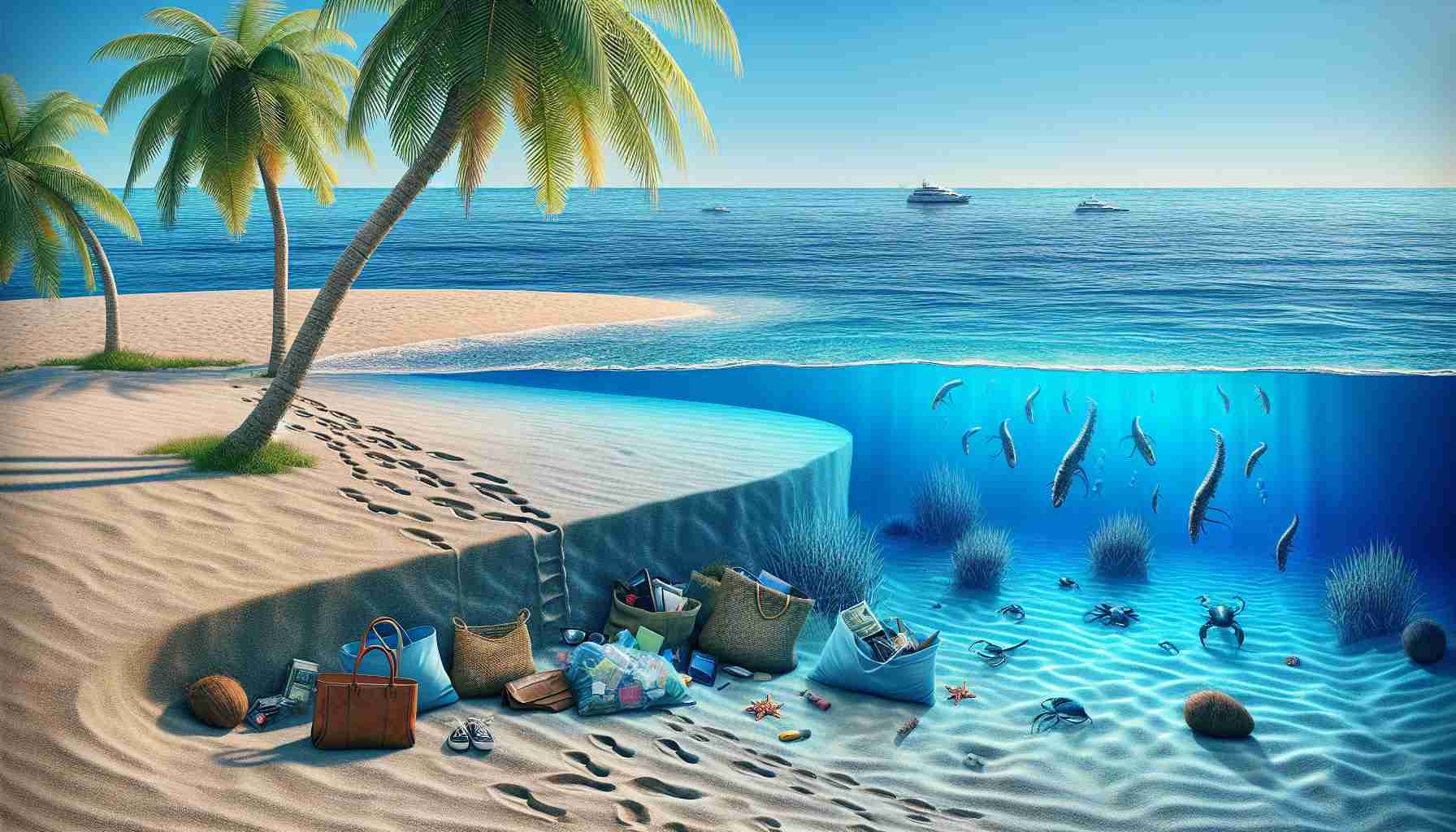Mountains of Waste Threaten Public Health
The sight of towering piles of garbage near crowded beaches on the Sithonia coast of Halkidiki is not only disgraceful but also poses a significant risk to public health. As the peak of the tourist season approaches, the carelessness of citizens and the lack of action from local authorities have led to an intolerable and hazardous situation. Massive heaps of trash and filth accumulate just meters away from the pine-covered shores, creating an alarming environment.
A Risky Combination
The extreme temperatures, combined with the unknown and potentially dangerous contents of the garbage left baking under the hot sun for hours or even days, could potentially result in a fire outbreak. Despite concerned citizens reaching out and reporting the dire conditions on these beaches, the municipal clean-up department of Sithonia fails to respond to calls for action promptly.
Community Action
In response to the negligence and indifference shown by local authorities, citizens have taken matters into their own hands. They have contacted environmental organizations, such as “The Jungle,” to shed light on the disturbing situation and have also shared photographic evidence of the waste mountains near the pristine beaches.
The Environmental Impact of Tourism on Beaches
Tourist beaches around the world face hidden dangers beyond just mountains of waste. The influx of visitors brings not only economic benefits but also environmental challenges that often go unnoticed. From pollution to habitat destruction, the impact of tourism on these natural wonders is far-reaching and complex.
What are the main challenges associated with the environmental impact of tourism on beaches?
One key challenge is the strain on local ecosystems caused by increased human activity. Tourists often leave behind litter, disturb wildlife, and contribute to erosion through foot traffic and development. Another challenge is the potential contamination of water bodies due to sewage discharge from hotels and resorts, impacting both marine life and public health.
What are the advantages and disadvantages of tourism on beaches?
The advantages of tourism on beaches include economic growth for local communities, job creation, and cultural exchange. However, the disadvantages can be detrimental, such as pollution, habitat destruction, and overdevelopment. Balancing the benefits of tourism with its negative impacts requires careful planning and sustainable practices.
Key Controversies and Debates
One of the key controversies surrounding tourism on beaches is the conflict between development for tourism purposes and conservation of natural habitats. Local communities often struggle to preserve their cultural and environmental heritage while catering to the demands of mass tourism. Another debate revolves around the responsibility of tourists, local authorities, and businesses in mitigating the environmental impact of tourism.
Related Links
– National Geographic: Explore articles on environmental issues related to tourism and beaches.
– World Wildlife Fund: Learn about conservation efforts to protect coastal ecosystems from the impacts of tourism.
As the allure of tourist beaches continues to draw millions of visitors each year, it is crucial to address the hidden dangers and environmental risks posed by unsustainable tourism practices. By raising awareness, implementing regulations, and promoting responsible tourism, we can strive to protect these precious natural landscapes for future generations.



